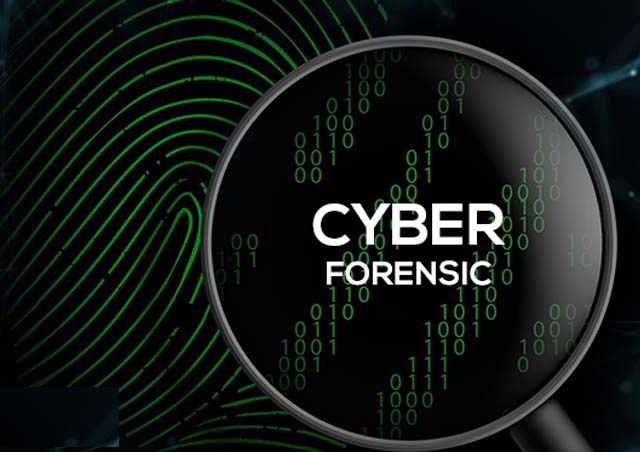Redback Council is the site of Cyber Security and Forensics.
REDBACK IT SOLUTIONS PVT LTD
No 05/X2, Hari Om 2nd Street, Phase 3, Sathuvachari, Vellore 9
info@redback.in
COMPUTER(cyber) FORENSICS
Computer forensics is the practice of collecting, analysing and reporting on digital data in a way that is legally admissible.
COMPUTER FORENSICS (cyber forensics)
Computer forensics is the application of investigation and analysis techniques to gather and preserve evidence from a particular computing device in a way that is suitable for presentation in a court of law.
Although it is most often associated with the investigation of a wide variety of computer crime, computer forensics may also be used in civil proceedings. The discipline involves similar techniques and principles to data recovery, but with additional guidelines and practices designed to create a legal audit trail.
Computer Forensics techniques
Computer forensics specialists use various techniques; here are four common ones:

Deleted File Recovery Recovers accidentally deleted files, does recycle bin recovery. Recover files from desktop, laptop, external hard drives with ease.
-
Partition Recovery The software recovers data form damaged, deleted, formatted, lost and hidden partitions on any storage media device.
-
Crashed OS Recovery Recover data from crashed operating system, Supports all versions of windows.
-
Formatted Drive Recovery Advanced Data recovery software to recover lost data due to formatting of drive, deleted files due to partition loss, or unexpected shutdown of system.
This technique involves recovering and restoring files or file fragments that are deleted by a person—either accidentally or deliberately—or by a virus or malware.

-
Steganography is a data hiding technique, it consists of the dissimulation of a secret information into digital files so that an intended recipient can extract it successfully.
-
In reversible steganography, both the secret information and the cover image are retrieved by the recipient; this condition is required in some applications of steganography
The process of attempting to hide data inside a digital message or file is called steganography. Reverse-steganography happens when computer forensic specialists look at the hashing of a message or the file contents. A hashing is a string of data, which changes when the message or file is interfered with.

-
Improper prioritization In these days of cheap storage and fast computers, the critical resource to be optimized is the attention of the examiner or analyst. Today work is not prioritized based on the information that the drive contains.
-
Lost opportunities for data correlation. Because each drive is examined independently, there is no opportunity to automatically “connect the dots” on a large case involving multiple storage devices. For example, if one hard drive has an email message in the “Sent Message” mailbox and a second hard drive has that same message in an Inbox, its up to the examiner to make the connection.
-
Improper emphasis on document recovery. Because today's forensic tools are based on document recovery, they have taught examiners, analysts, and customers to be primarily concerned with obtaining documents. Although much of the data on a typical drive cannot be reconstructed into files, this data may nevertheless be useful. The emphasis of forensic tools should be on further investigatory and evidentiary goals, not to recover files.
This technique involves analyzing data across multiple computer drives. Strategies like correlation and cross-referencing are used to compare events from computer to computer and detect anomalies.

-
Volatile Data The data that is held in temporary storage in the system’s memory (including random access memory, cache memory, and the onboard memory of system peripherals such as the video card or NIC) is called volatile data because the memory is dependent on electric power to hold its contents.
-
When the system is powered off or if power is disrupted, the data disappears.
This technique involves analyzing a running computer's volatile data, which is data stored in RAM (random access memory) or cache memory. This helps pinpoint the cause of abnormal computer traffic.
LET'S WORK TOGETHER
AND MAKE THE NEXT BEST PROJECT
CONTACT INFO
No: 05 / x2 , Hari Om 2nd Street, Phase III, Sathuvachari, Vellore, Tamil Nadu 632009
+(91) 818 998 5559
+(91) 818 998 5551

